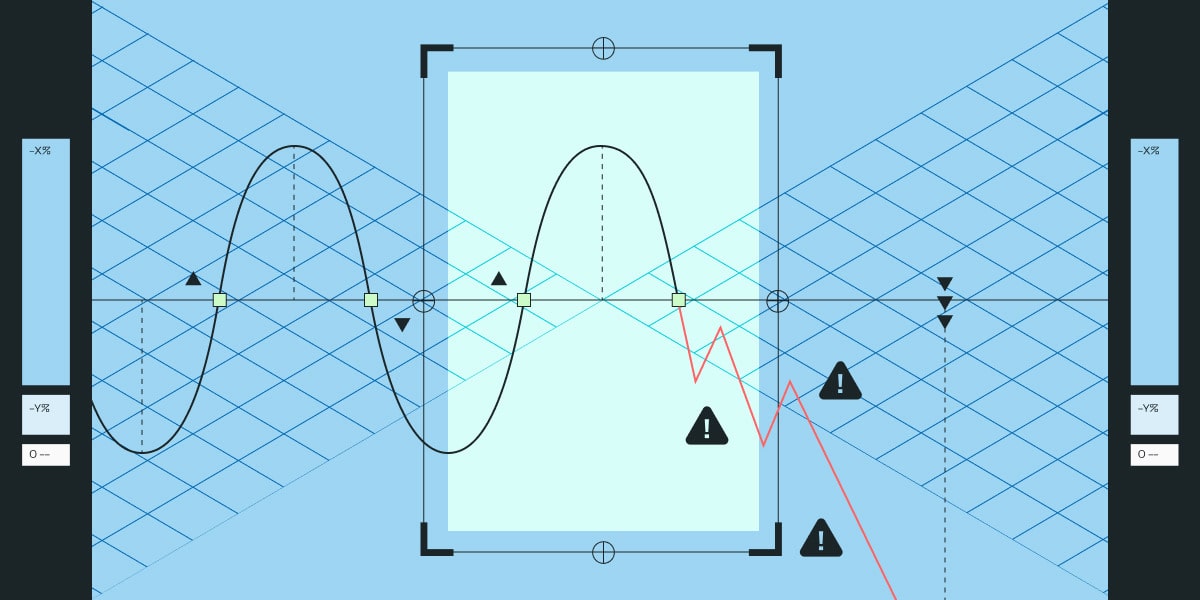
What is Statsig?
Statsig is an advanced data platform designed for technical teams, offering a comprehensive suite of tools including feature flagging, product analytics, A/B testing, web analytics, and session replay. The platform caters to startups and enterprises focused on building software products, with notable customers such as OpenAI, Atlassian, and Notion.
Statsig's key features include:
Feature Flags: Release automation, scheduled progressive rollouts, and advanced targeting capabilities, delivering features to billions of users each month.
Product Analytics: User funnels, user journeys, metric drilldowns, and more, allowing you to analyze the impact of rollouts and use consistent metrics across feature releases, A/B tests, and other experiments.
A/B Testing: The most advanced A/B testing and experimentation solution in the world, trusted by companies like OpenAI, Atlassian, and Flipkart.
Web Analytics: A single snippet to get analytics data flowing for your website.
Session Replay: Re-watch any user session or filter down to specific sessions for insights.
TL;DR: Statsig is a tool that's well-suited for technical teams at startups and enterprises building software products. It offers a comprehensive set of features for data-driven decision-making and experimentation.
💡 For a feature comparison matrix, check out Statsig vs Amplitude, head to head.
What is Amplitude?
Amplitude is a product analytics and digital insights platform that helps businesses understand customer behavior and drive growth. The company's platform is geared toward organizations across various industries looking to harness data to optimize digital products and experiences. Amplitude enables teams to gather insights across the entire customer journey, predict trends, and deliver personalized experiences.
Amplitude's platform combines several key features to provide a comprehensive analytics solution:
Behavioral analytics: Track user behavior and answer complex growth questions with minimal coding
AI automation: Leverage advanced analytics and automation to optimize products and personalize user experiences
Session replay: Reconstruct digital experiences to understand how customers derive value
Experimentation: Enable faster feature releases and reliable results with web experimentation
Feature flags: Control feature rollouts and target specific user segments
Customer data platform: Unify data across teams and improve data quality
By offering a suite of analytics tools in one platform, Amplitude aims to empower teams to make data-driven decisions that drive growth and improve business outcomes. The company provides extensive resources, including playbooks, guides, and an online academy, to help users maximize the value of their data.
TL;DR: Amplitude is a product analytics platform well-suited for businesses looking to optimize digital experiences and drive growth. However, its focus on simplicity may limit its appeal for more technical users.
Statsig versus Amplitude Experimentation, head to head

Integrations comparison
Statsig offers seamless integrations with popular data warehouses like Snowflake, BigQuery, and Redshift. This allows you to leverage your existing data infrastructure and gain deeper insights. Statsig also integrates with marketing tools and third-party platforms, enabling a holistic view of your product's performance.
Amplitude provides extensive integrations with various marketing tools, data warehouses, and other data sources. These integrations make it easy for teams to leverage their existing technology stack and centralize customer data. However, Amplitude's integrations may require more setup and maintenance compared to Statsig's streamlined approach.
TL;DR: Statsig and Amplitude's integrations are both well-suited for data-driven teams looking to connect their analytics with existing tools. However, Amplitude's integrations may require more resources to set up and maintain compared to Statsig's streamlined approach.
Pricing comparison
Statsig's pricing model is usage-based, with a generous free tier that includes unlimited feature flags and 2M events per month. As customers scale, Statsig offers volume discounts for enterprise customers, ensuring the platform remains affordable. Statsig's pricing is transparent and empowers teams to be data-driven without seat limitations or MAU-based pricing.
Amplitude's pricing model is also usage-based, with four distinct plans: Starter, Plus, Growth, and Enterprise. The Starter plan is free and includes basic features, while the Plus plan starts at $49 per month and scales based on Monthly Tracked Users (MTUs). Growth and Enterprise plans offer advanced features and customization, with pricing available upon contacting Amplitude's sales team.
We created a resource for comparing monthly prices for some of the most popular product analytics tools - including Amplitude. Check it out here!

TL;DR: Statsig and Amplitude's pricing are both well-suited for companies looking to scale their experimentation and analytics capabilities. However, Statsig's pricing is more affordable and transparent, with a more generous free tier and volume discounts for enterprise customers.
The Bottom Line: Key differences between Statsig and Amplitude
Statsig's platform is built for technical teams who need a scalable, all-in-one solution for feature management and experimentation.
With its focus on advanced experimentation capabilities, Statsig enables companies to conduct sophisticated tests and make data-driven decisions. The platform's ability to handle over 250 billion events per day and support more than 2 billion unique monthly experiment subjects makes it an ideal choice for enterprises looking to scale their experimentation efforts.
While Amplitude provides valuable digital analytics insights, it may have limitations when it comes to technical experimentation. Statsig's platform is designed specifically for software development teams, offering a comprehensive suite of tools for feature flagging, dynamic configurations, and experimentation. This focus on technical use cases allows Statsig to provide a more tailored solution for companies building software products.
Companies focused on building software products and conducting advanced experiments often choose Statsig over Amplitude due to its powerful experimentation capabilities and seamless integration with their existing tech stack.
Statsig's Warehouse Native feature allows companies to leverage the power of the platform while maintaining the security and privacy of their own data warehouse.
Additionally, Statsig's user-friendly interface and extensive documentation make it easy for teams to get started and scale their experimentation efforts.
Statsig versus Amplitude Experimentation, head to head




